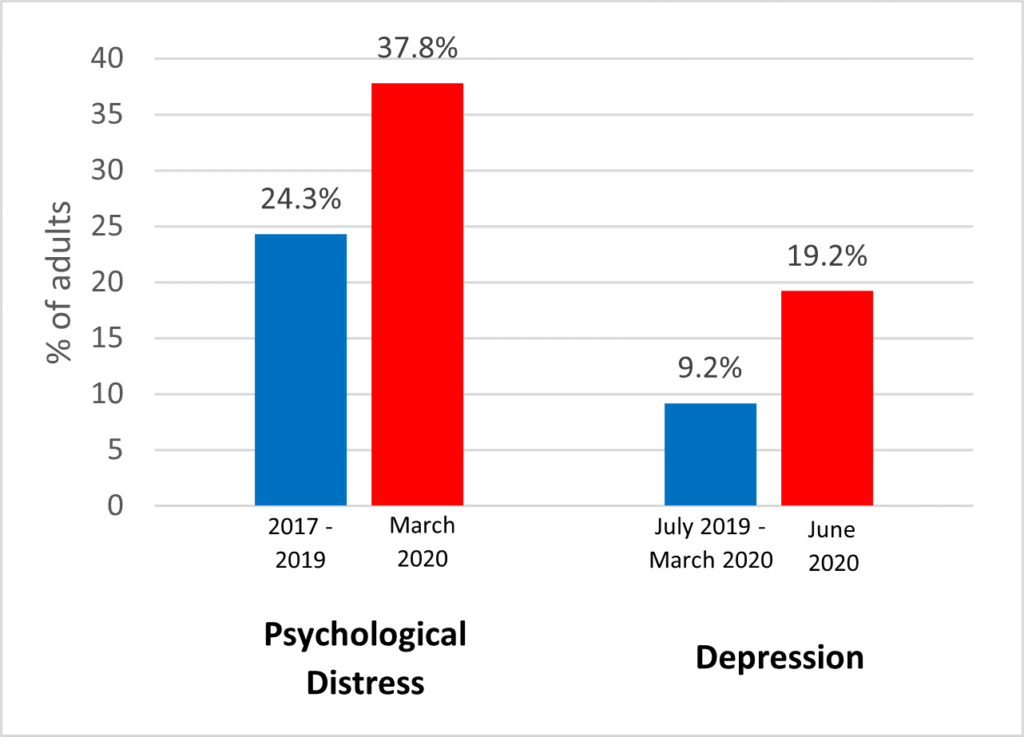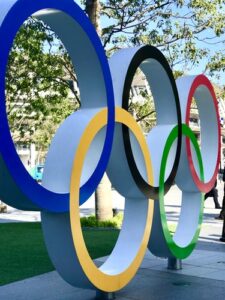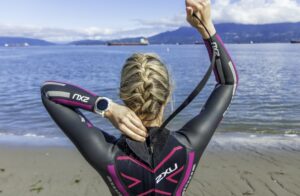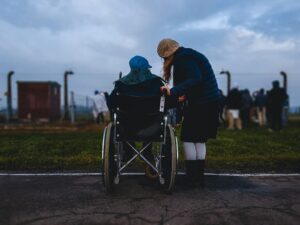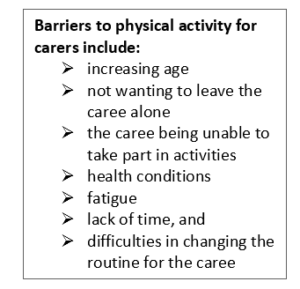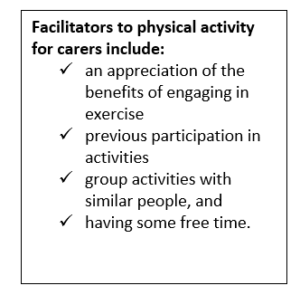Authored by the team ‘Sapphire Sophomores’: Allen Hall, Skye Holdway and Alexander Grint [E119 20J students].
This blog was written as part of a collaborative teamwork task by students studying E119. They had to select a topic and then decide on what roles each person would perform in the team, such as researcher, writer, editor and leader. This blog was chosen as one of the best blogs from around 80 blogs that were produced.
During the American national anthem of a 2016 pre-season NFL game, San Francisco 49ers quarterback Colin Kaepernick chose to remain seated as a way of protest against police brutality, racial injustice and social inequality hoping to draw attention to the issue.
Kaepernick said at the time: “I am not going to stand up to show pride in a flag for a country that oppresses black people and people of colour.” going on to say “To me, this is bigger than football and it would be selfish on my part to look the other way. There are bodies in the street and people getting paid leave and getting away with murder” (BBC, 2020)
Four days later Nate Boyer, a former US Army Green Beret turned NFL player penned an open letter to Colin Kaepernick which was published in the Army Times, expressing his thoughts on Kaepernick’s stance, ending the letter saying he was listening with an open mind. Kaepernick saw the letter and reached out to Nate Boyer. They met three days later to discuss Kaepernick’s motivations behind his protest, his thoughts on social justice and police brutality. Boyer would talk about his time in the military and why Kaepernick remaining seated during national anthem away from his teammates could be seen as divisive and hurtful. Both men agreed to a compromise. That Kaepernick would take a knee. This would allow him to still protest, but by taking a knee, it would be a more respectful way of doing so. Boyer later said in an interview “We sorta came to a middle ground where he would take a knee alongside his team-mates. Soldiers take a knee in front of a fallen brother’s grave, you know, to show respect” (Snopes, 2017). From September 1st 2016 Kaepernick began taking a knee during the national anthem. This would prove to be far more iconic. The move soon gained support from fellow players, which solidified the stances significance as a peaceful objection to oppression.
His actions however, brought widespread reaction from fans and the media, polarising opinions, and triggering furious national debate. With many voicing their discontent, decrying his actions as disrespect for the American flag or for being unpatriotic (BBC, 2020) while others were quick to offer praise and support for Kaepernick for taking such a brave and principled stance.
Amongst those to condemn taking a knee as unpatriotic and disrespectful was President Trump, who, in 2017 nearly a year after Kaepernick first knelt, levelled criticism at players who joined the movement, suggesting players should be sacked (Time, 2017). Curiously though, British Foreign Secretary Dominic Raab suggested that taking the knee originated in the TV series Game of Thrones, stating he would refuse to take a knee if requested, and went on to say that he viewed the action as “subjugation and subordination rather than liberation or emancipation” (TR, 2020). President Obama’s reaction at the time was to focus on the First Amendment right of free speech, choosing his words carefully he would say “I want Mr Kaepernick and others who are on a knee, I want them to listen to the pain that may cause somebody who, for example, had a spouse or a child who was killed in combat and why it hurts them to see somebody not standing. But I also want people to think about the pain he may be expressing about somebody who’s lost a loved one that they think was unfairly shot” (Time, 2017)
Taking a knee has since become a symbol of the Black Lives Matter movement, which campaigns for freedom, for liberation, and justice (Black Lives Matter, 2020). The movement gained impetus and prominence following the horrific killing of George Floyd by Minnesota police on 25th May 2020 leading to more and more people using the peaceful action to protest throughout many countries across the world.
Amongst the black community, taking a knee has a long history that can be traced back as early as 1780, where the image of a black man kneeling became the emblem of the British abolitionist movement during the 18th and 19th centuries, a movement to ban slavery in England, the Empire and around the world (Global News, 2017). The image symbolised freedom and liberation from slavery. Taking a knee was later adopted by Martin Luther King Jr, who in 1965 led a group of civil rights protestors to take the knee during a prayer outside Dallas County Alabama Courthouse. The prayer, following a march for the right to vote, was held after the group of around 250 were arrested for marching without a permit (Global News, 2017).
It is evident that taking a knee has nothing to do with disrespect or being unpatriotic, but the evidence seems to suggest that this is the message being dictated by those in power and by those that are ignorant to its meaning. There are undoubtedly two sides to taking the knee. On one hand, it could be a seen as a sign of emancipation as its very original form back in the 1700s was a symbol of freedom and liberation from slavery, but in more modern times it could be looked upon as a sign of defiance and insubordination as a protest against the racial injustice and police brutality.
References
BBC (2020) Black Lives Matter: Where does ‘taking a knee’ come from? [Online]. Available at https://www.bbc.co.uk/news/explainers-53098516 [Accessed 26 January 2021].
Black Lives Matter (2020) About [Online]. Available at https://blacklivesmatter.com/global-actions/ [Accessed 27 January 2021].
Global News (2017) Martin Luther King Jr. took a knee in 1965. Here’s a history of the powerful pose. [Online]. Available at http://globalnews.ca/news/3769534/martin-luther-king-jr-take-a-knee-history/ [Accessed 26 January 2021].
RT Question More (2020) ‘Take the knee’ in support of BLM? Only for Queen & wife, says UK Foreign Sec, who thinks gesture comes from Game of Thrones [Online]. Available at https://www.rt.com/uk/492208-take-knee-raab-queen-wife/ [Accessed 27 January 2021].
Snopes (2017) Did a U.S. Veteran Influence Kaepernick’s ‘Take a Knee’ Protest of Police Brutality? [Online]. Available at FACT CHECK: Did A U.S. Veteran Influence Kaepernick’s ‘Take a Knee’ Protest of Police Brutality? (snopes.com) [Accessed 26 January 2021].
Time (2017) The Difference Between President Trump and President Obama’s Reactions to the NFL Kneeling Movement [Online]. Available at https://time.com/4955050/trump-obama-nfl-kaepernick-kneeling/ [Accessed 27 January 2021].


